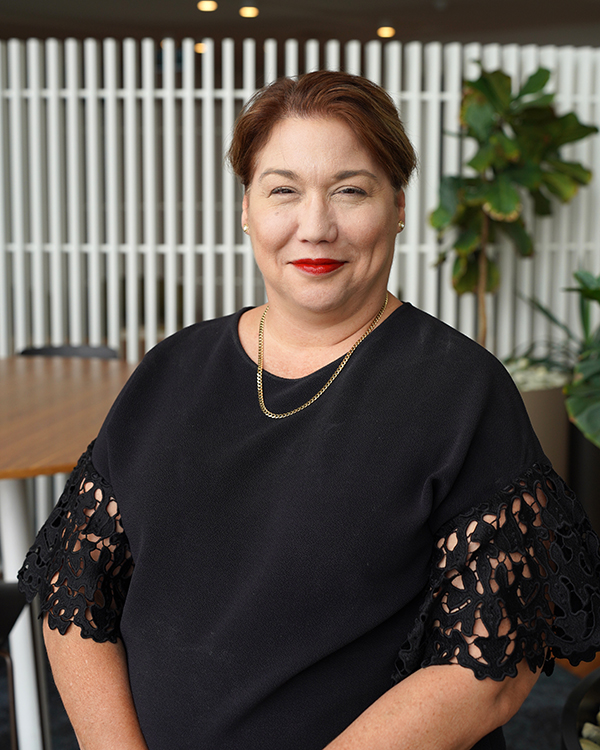Behind the scenes: How planning and infrastructure shape the places we call home
Behind the scenes: How planning and infrastructure shape the places we call home
- housing
- infrastructure
- planning
When we picture a new neighbourhood, we often think of the things we can see like homes, parks, schools, and shops. But before any of that comes to life, there’s a quiet choreography of planning, approvals, and infrastructure delivery that makes it all possible.
Every thriving community begins long before the first brick is laid.
The invisible work of building communities
Growth is planned, staged, and enabled by a network of professionals working behind the scenes. Planners, engineers, designers, and policy makers ensure the right infrastructure is in place at the right time.
Before a single home can be built, there needs to be water, sewerage, stormwater systems, roads, and power. This work needs to be planned and coordinated with other services like connections to hospitals, schools and parks – and consider the future needs of a changing community. For example, an ageing population or more single parent households mean different types of housing is needed.
Planning for growth in the right way means taking a wholistic view and planning with the future in mind. Take transport infrastructure, for example. Building or upgrading a regional road doesn’t just mean smoother travel. It means connecting communities to jobs, education, and essential services. It enables land for housing, reduces travel times, and makes it easier for families to settle and thrive.

Planning as a catalyst
Planning isn’t just paperwork, it’s the engine room of growth. It’s where decisions are made about where new homes can go, how communities will connect, and what infrastructure is needed to support them.
In Queensland, regional planning helps identify areas with the greatest potential for growth and liveability. It’s about making sure the right infrastructure like roads, power and water is in place before the first home is built.
“Planning is how we turn potential into reality. It’s the step that ensures growth is not only possible, but sustainable,” says State Planner Peta Harwood.
For example, when planners map out a new growth corridor, they’re not just drawing lines on a page. They’re coordinating with transport agencies to ensure road upgrades are timed with housing delivery. They’re working with energy providers to extend power networks to future suburbs. And they’re making sure that schools, parks, and health services are part of the conversation from day one.
“We’re not just planning for homes. We’re planning for lives. That means thinking about how people will get to work, where their kids will go to school, and how they’ll connect with their community,” Peta Harwood adds.
This kind of planning unlocks investment. It gives councils and developers confidence to build. And it ensures that when Queenslanders move into a new neighbourhood, they’re stepping into a place that’s ready to support them.
Meeting housing demand: turning plans into places
Queensland is tackling housing demand with a suite of practical initiatives that accelerate approvals and deliver the infrastructure needed to support new homes.
One of the flagship programs is the Residential Activation Fund (RAF) - a $2 billion initiative dedicated to supporting the delivery of trunk and essential infrastructure like power, telecommunications, water, stormwater, roads and sewerage. The fund removes barriers to development, supporting the delivery of new homes for Queensland’s growing population. Another major reform is the unlocking of church and charity-owned land. Planning amendments introduced in December 2024 now allow registered not-for-profits and religious organisations to access the Ministerial Infrastructure Designation (MID) pathway, streamlining approvals for social and affordable housing. This change is expected to support up to 10,000 new community homes, with 500 homes already planned for delivery in the next two years.
“These partnerships provide a unique opportunity to deliver more homes in well-located areas, supporting key workers, vulnerable Queenslanders, and growing communities,” said Peta Harwood.
Together, these initiatives reflect a strategic and collaborative approach to housing delivery. One that combines planning reform, infrastructure investment, and partnerships with councils, charities, and community housing providers.
Building futures, not just foundations
At its core, infrastructure and planning are about people. They’re about creating the conditions for Queenslanders to live well - whether in a bustling city, a growing regional centre, or a quiet coastal town.
By investing in the invisible, we’re shaping the visible. We’re laying the groundwork for communities where people can live, work, and thrive.
Because every great place starts with a strong foundation.

Last updated: 13 Oct 2025
